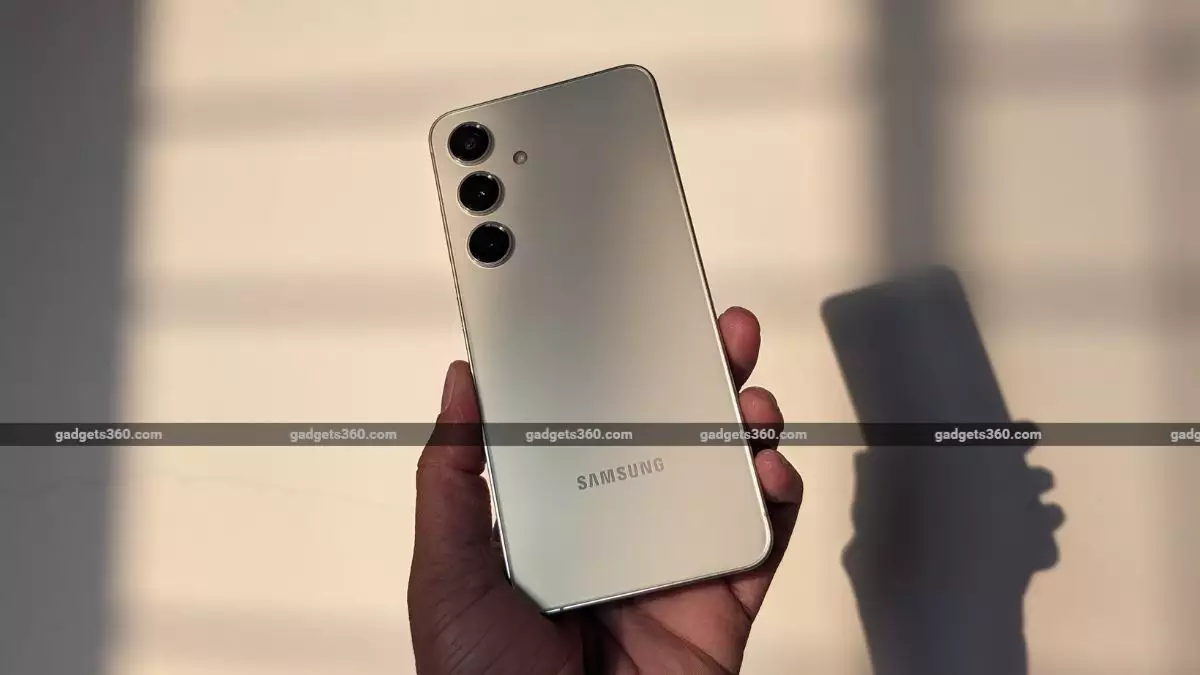The smartphone landscape is perpetually evolving, with manufacturers constantly innovating to meet consumer demands for sleek and stylish devices. Recently, it has come to light that tech giants Apple and Samsung are poised to unveil ‘slim’ versions of their upcoming flagship smartphones. The highly anticipated devices, known respectively as the iPhone 17 Air and Samsung Galaxy S25 Slim, aim to meld modern aesthetics with functionality. However, this move raises questions particularly concerning their battery life and overall performance.
Battery Capacity: A Compromise for Design
One of the most notable details surrounding the iPhone 17 Air and Galaxy S25 Slim is their dramatically reduced battery capacities. Current reports suggest that both models may feature batteries ranging between 3,000 to 4,000mAh. By constraining the battery size, both manufacturers appear to prioritize a thinner profile over extended battery life, a decision that may alienate users who value longevity. It’s essential to understand that while these devices might flaunt impressive aesthetics, the practicality of operating with smaller batteries is worth examining, particularly when compared to the competition in the growing ‘slim’ smartphone market.
The iPhone 17 Air is expected to debut as part of the iPhone 17 series in September, with a stunning thickness not exceeding 5.5mm, potentially making it the slimmest phone to date. Notably, it may forego the traditional SIM card slot in favor of eSIM technology, aligning with the trend of minimalism in design. Expected features include a 6.6-inch OLED display with ProMotion technology and a single 48-megapixel rear camera. This focus on minimalistic design without compromising on display technology speaks to Apple’s continual push for innovation.
In comparison, the Samsung Galaxy S25 Slim may follow suit in both aesthetic and performance. Rumored to showcase a 6.66-inch display and equipped with a powerful camera system—featuring a 200-megapixel main sensor—this device may excel in photography, albeit with its own drawbacks regarding battery longevity. The reliance on sleek design but accompanied by reduced power supply could create a dichotomy between what consumers desire in cutting-edge technology and what they can practically use on a day-to-day basis.
Interestingly, while Apple and Samsung venture down the ‘slim’ path, several Chinese manufacturers are also planning to release their own versions, contrary to the smaller battery capacity approach. These competitors boast devices with battery capacities around 5,000mAh, utilizing advanced Silicon-Carbon technology for better energy efficiency. The contrast illustrates a clear strategy employed by Apple and Samsung as they seek to cater to a premium market segment that emphasizes form over function, while others focus on enhancing performance and usability.
As consumers await the release of the iPhone 17 Air and Galaxy S25 Slim, it’s evident that the trend toward ultra-thin smartphones comes with inherent challenges. The balancing act between maintaining a sleek aesthetic and ensuring robust functionality defines the current landscape of smartphone innovation. As we move forward, it will be crucial for these devices to transcend mere appearance, offering tangible value that meets user expectations in an increasingly competitive market. The ultimate success of these models will hinge on whether consumers prioritize style over substance or whether they demand devices that seamlessly integrate both elements, setting the stage for the future of smartphone evolution.


Leave a Reply